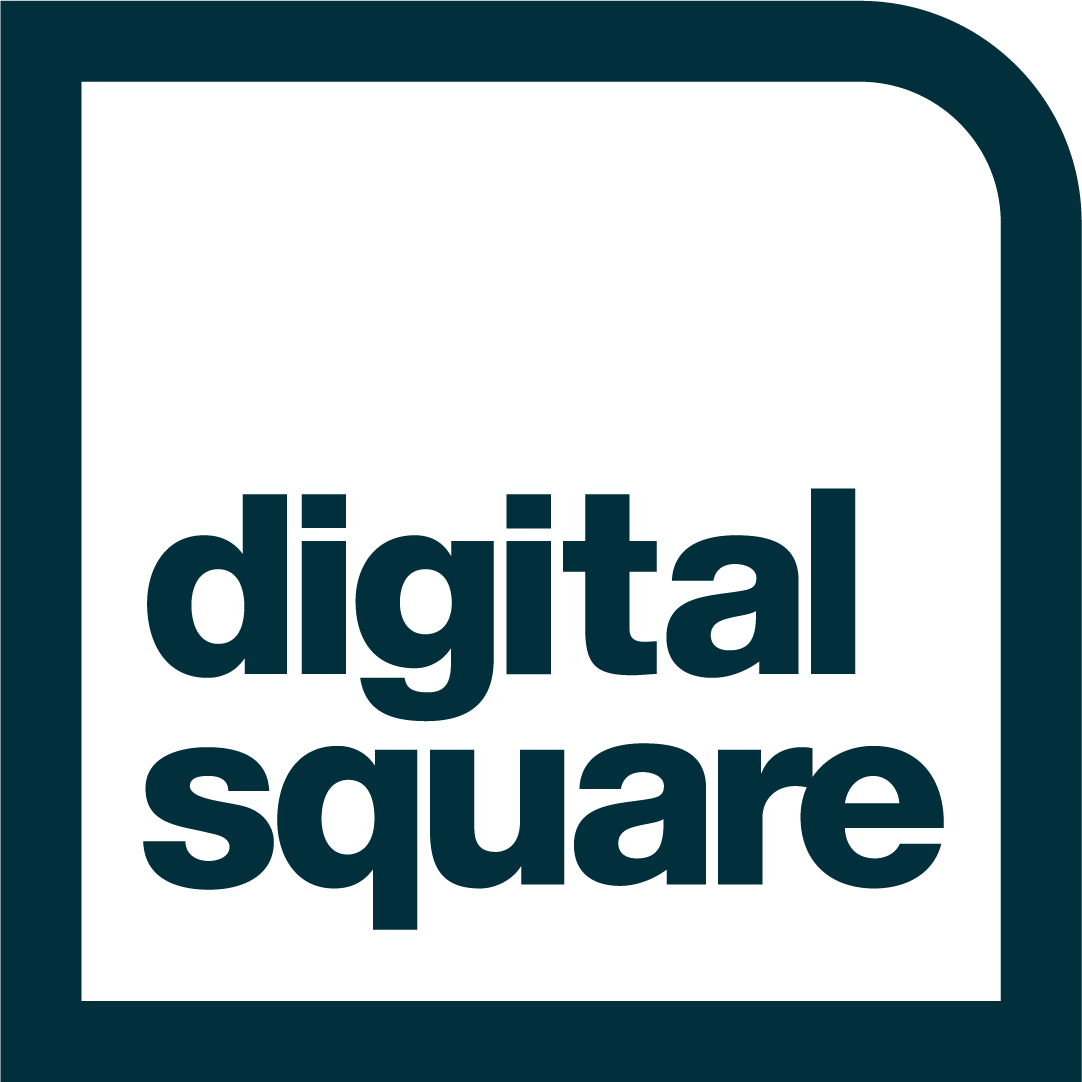Digital health promises a future with more responsive, participatory health care—but only for those who can access it.
Digital health has huge potential to reshape health care and health systems around the world. Paper records are increasingly being replaced with electronic systems. Patient data is becoming more individualized. Disease data is becoming more timely and accurate. Artificial intelligence and machine learning will expand our insights into the health care needs of communities at all levels. New types of health care services, including telehealth and personalized medicine, are growing in popularity. And health systems are becoming more flexible, responding to the needs of communities more quickly.
These advances in digital health technology will only continue to improve health care; however, they are not accessed equally around the world. We need new ways to connect these technologies to all communities in order to close the health equity gap.
Governments need quality, affordable digital health technologies that work for all communities.
For more than a decade, global health stakeholders have been trying to harness the enthusiasm around digital technologies to improve health care. New tools have been created and recreated. Pilot projects testing digital health approaches and tools have been rolled out in thousands of communities. But even after ten years of interest and effort, many health systems have still not seen the full benefit of digital health.
Health system technologies do not always match the unique needs of low-resource communities. Considerations such as connectivity, technological literacy, and the structure of health services all affect the success of digital health. Despite the influx of pilot projects, tools, and approaches, governments looking to address health challenges in low-resource areas often lack strong options for digital health. Traditional models of donor support created incentives for innovation and new ideas but have not made the same investments to expand or strengthen promising technologies. As more pieces of a health system are digitalized, there is a growing need for data to be responsibly and efficiently shared between them.
While many excellent, high-quality tools and approaches are available, more needs to be done to create a thriving marketplace of digital health technologies. With a healthy marketplace, countries and communities can select the digital health tools and approaches that work best for them—allowing them to make better use of improved data, connect patients more directly with health services, and make the health system more responsive to community needs.
The future of digital health relies on better alignment among country leaders, investors, and innovators.
Governments are claiming a greater role in setting the direction and requirements for digital health success by developing digital health strategies, defining technology and data architectures, and providing greater guidance to donors and partners. Donors need new mechanisms to align their work with these government priorities and the work of other donors. Investments also need to be better coordinated to support promising tools, approaches, global standards, and other essential pieces required to scale digital health.

